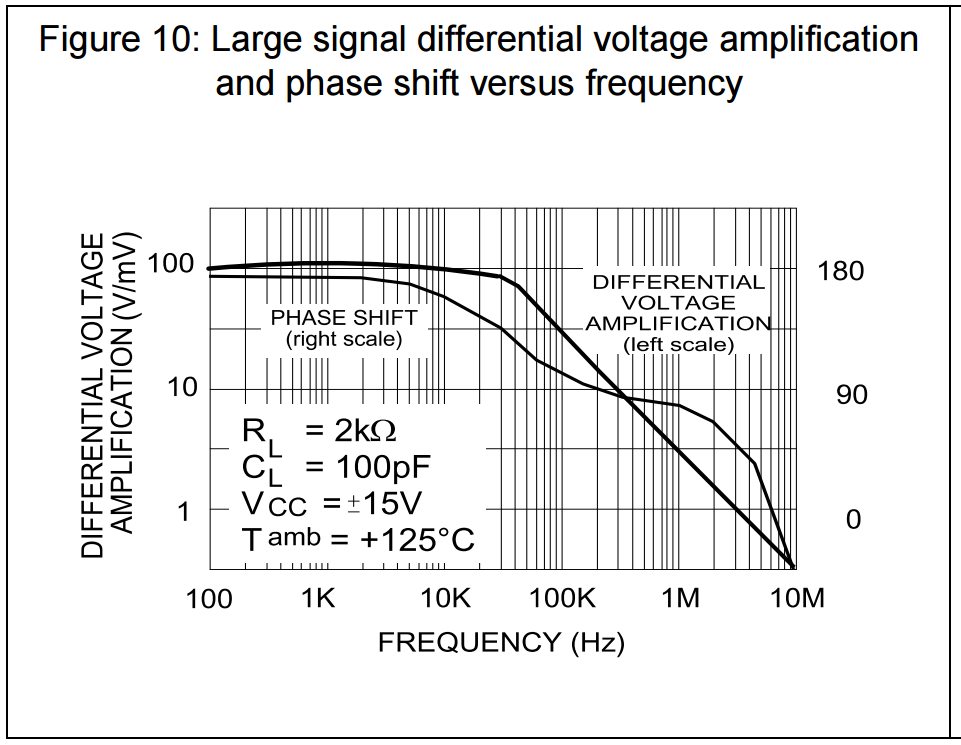I have been working on an Active Low-Pass filter (2-pole Sallen-Key configuration) for a Low Frequency Oscillator (LFO) on a synthesizer project. I had a problem with a recent build that I have managed to trace to a change in the Op-Amp manufacturer. The original TL072CD (Texas Instruments) has been replaced by a TL072IDT (STMicro) and resulted in a misshapen LFO waveform, post-filtering.
Looking through the datasheets, the only significant difference that I can see between the two parts is the phase shift:
It appears that there is a 180 degree phase shift difference between the two TL07x's at low frequencies. I would expect this amount of shift to drastically alter the performance of my filter, especially at very low frequencies (The LFO will operate @ < 1Hz). However, the inconsistencies between phase-shift diagrams could be misleading me. Could anyone clarify this for me? Has anyone encountered a similar problem with differences between op-amp manufacturers?


